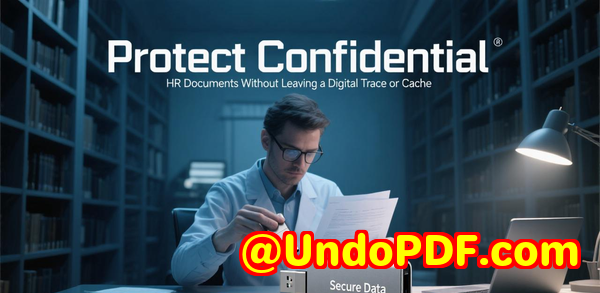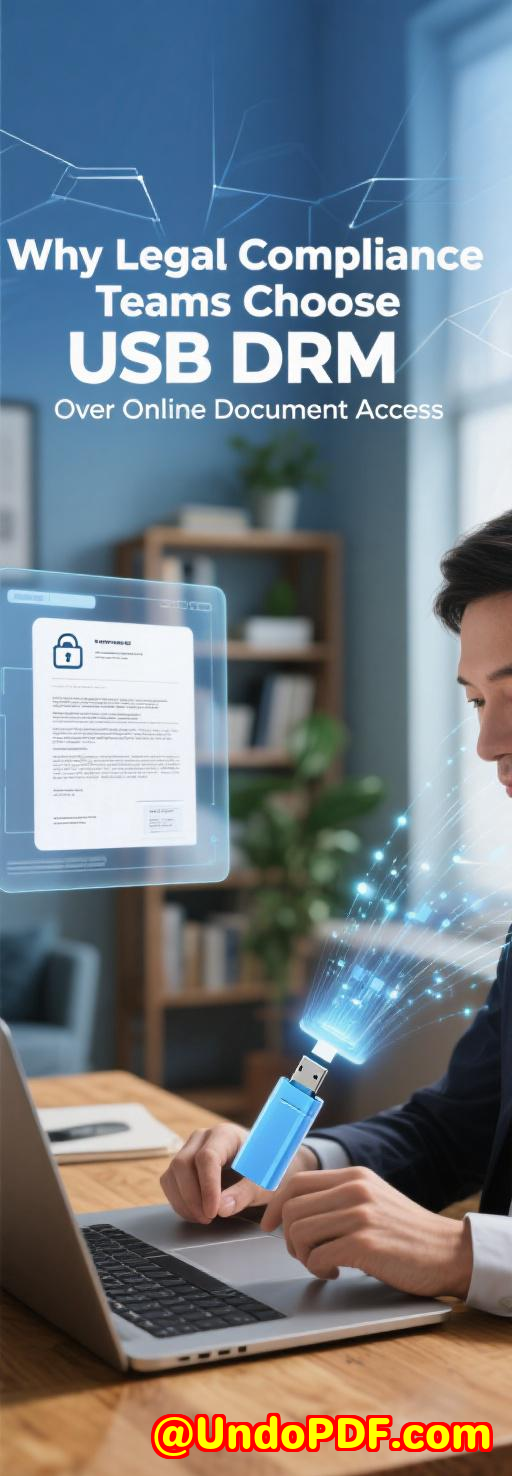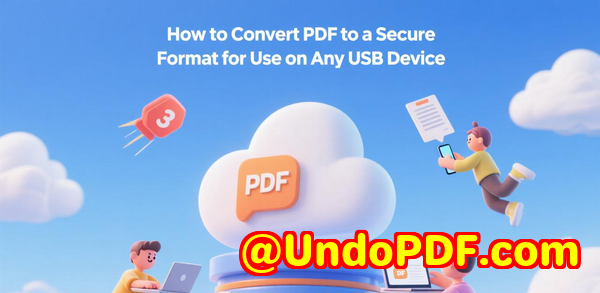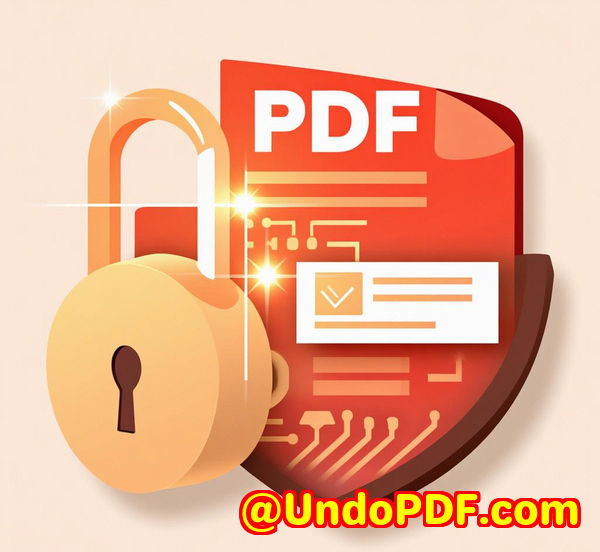Why Dynamic Watermarking Plus Device Binding Provides Maximum Document Protection
Why Dynamic Watermarking Plus Device Binding Provides Maximum Document Protection
Discover how VeryPDF DRM Protector’s dynamic watermarking and device binding keeps your PDFs secure and prevents unauthorized sharing.

Every time I sent a PDF containing my work to clients, I’d feel a knot in my stomach.
Would someone forward it? Copy it? Upload it somewhere public?
As a creator and small publisher, the threat of losing control over my content always lingered.
I’ve tried password-protected PDFs, simple encryption, and even basic watermarking, but none of it stopped people from sharing files with colleagues, students, or friends.
It was frustratinghours of work slipping out of my hands with almost no recourse.
That’s when I discovered VeryPDF DRM Protector – Restrict Document Access by Locking PDF Files to the First Opened Device, and honestly, it changed everything.
This tool isn’t just another PDF protectorit’s a system that combines dynamic watermarking with device binding, giving you a level of control that I’ve never experienced with any other software.
How VeryPDF DRM Protector Works
At its core, the software locks PDF files to the first device they are opened on.
Here’s how it plays out in the real world:
-
Device Binding: When a user opens a protected PDF for the first time, the system records the unique hardware fingerprint of that device.
-
First Activation Control: If you configure the license for a single device, that PDF can never be opened on any other deviceeven if someone copies the file to a USB stick or shares it via email.
-
Flexible Licensing: You can allow 2 or 3 devices if you want the user to access the file on multiple personal devices, like a laptop and a tablet, without compromising security.
-
Watermarking: Every time the document is viewed or printed, dynamic variables such as the user’s name, email, company, date, and time are displayed. That means every copy is traceable, making casual sharing or resale nearly impossible.
For me, this was a huge win. I used to send out PDF reports to clients, and half the time, I had no idea who actually accessed them.
With VeryPDF DRM Protector, I can track views, prints, and device information, giving me full transparency into how my documents are being used.
Real-World Use Cases
I first implemented this tool with a small batch of premium eBooks I was selling.
Here’s what happened:
-
Previously, a single purchase could be forwarded to multiple friends, which meant lost revenue.
-
With device binding, each purchase is tied to a single device. I literally saw zero unauthorized access after setting it up.
-
The dynamic watermarking discouraged sharing even more. I could see exactly who accessed the file and when, and the watermarks reminded users that the content was not to be redistributed.
Other scenarios I found it useful for:
-
Academic publishers: I worked with a university department to distribute PDF textbooks to students. They needed strict control so that students wouldn’t share files. Device binding plus watermarks solved this problem completely.
-
Corporate training materials: When distributing sensitive internal documents, it’s critical that only the intended employees have access. DRM Protector gave us the ability to lock files to specific devices and revoke access instantly if needed.
-
Legal and consultancy work: Confidential contracts, proposals, and reports could now be sent securely, with full logging and traceability.
Core Advantages That Stood Out
When I compared VeryPDF DRM Protector to other PDF security tools, the differences were immediately obvious:
1. Device Binding
Other DRM tools let you protect PDFs with passwords, but passwords can be shared.
With device binding, even if someone steals the file, it won’t open on their device.
2. Dynamic Watermarking
Most watermarking tools just slap a static text on the document.
Dynamic watermarks automatically pull in user-specific data.
I saw clients’ names, company info, and the exact time of access appear on every page.
This not only deters sharing but also provides legal evidence if misuse occurs.
3. Expiry and Revocation Control
You can set PDFs to expire on a specific date, after a certain number of views, or even limit prints.
Revoking access is instant and works no matter where the file is located.
I remember one scenario where I had to revoke access to a financial report accidentally sent to the wrong departmentit worked flawlessly.
4. Compatibility and Flexibility
VeryPDF DRM Protector supports Windows, and can restrict access by OS, domain, location, and device.
You can allow or block access from virtual environments, thin clients, or mobile devices.
This level of granular control simply doesn’t exist in most competing solutions.
Personal Experience: How It Changed My Workflow
Before DRM Protector, distributing PDFs felt like handing someone a ticking time bombyou never knew when it would get shared.
Now, I feel in complete control.
I remember the first time I applied device binding and dynamic watermarks to a batch of PDFs for an academic client.
Within days, they reported zero unauthorized access.
The peace of mind alone was worth it.
I also love the tracking and logging features.
I can see which device opened the document, when it was accessed, and even how many times it was printed.
It’s like having an audit trail for every single file.
And the best part? It’s extremely easy to implement.
I only had to protect the document once and configure the settingsno need to manually watermark every single PDF or worry about sharing licenses.
Why I Recommend VeryPDF DRM Protector
If you’re serious about protecting PDFs and want real, enforceable security, this is hands down the tool to use.
It solves practical problems like:
-
Preventing unauthorized sharing
-
Ensuring only the rightful owner can access a file
-
Monitoring usage and preventing copyright infringement
I’d highly recommend this to anyone distributing sensitive or premium contentpublishers, educators, corporates, or freelancers alike.
Click here to try it out for yourself: https://drm.verypdf.com/
Start your free trial now and see the difference in document security.
Custom Development Services by VeryPDF
VeryPDF offers comprehensive custom development services tailored to your unique technical requirements.
Whether you need specialized PDF solutions for Linux, macOS, Windows, or server environments, VeryPDF can build tools that fit your workflow.
Their services include:
-
Utilities built on Python, PHP, C/C++, Windows API, Linux, Mac, iOS, Android, JavaScript, C#, .NET, and HTML5.
-
Windows Virtual Printer Drivers for generating PDF, EMF, and image formats.
-
Tools for capturing and monitoring printer jobs in formats like PDF, EMF, PCL, Postscript, TIFF, and JPG.
-
System-wide and application-specific hook layers to monitor and intercept Windows APIs, including file access APIs.
-
Analysis and processing of PDFs, PCL, PRN, Postscript, EPS, and Office documents.
-
Barcode recognition, layout analysis, OCR, OCR table recognition, and graphical conversion tools.
-
Cloud-based solutions for document conversion, viewing, digital signatures, and DRM protection.
If you need tailored solutions or want to discuss a project, reach out to VeryPDF at https://support.verypdf.com/.
FAQ
1. What is device binding in VeryPDF DRM Protector?
Device binding ties a PDF license to the first device used to open the document, preventing it from being accessed on unauthorized devices.
2. Can I allow multiple devices for a single license?
Yes. You can set the license to be valid on 23 devices if you want controlled portability for personal use.
3. How does dynamic watermarking work?
Dynamic watermarks display variables like username, email, company, date, and time, which appear on each viewed or printed page.
4. Can I revoke access after distribution?
Absolutely. You can revoke access for individual users or all users instantly, regardless of where the file is stored.
5. Does VeryPDF DRM Protector support printing restrictions?
Yes. You can stop printing entirely or limit the number of prints per user or document.
6. Is it compatible with macOS or mobile devices?
It primarily supports Windows, but you can restrict or allow access to other operating systems as needed.
Tags / Keywords
-
PDF security
-
Device binding PDF
-
Dynamic watermarking
-
DRM PDF protection
-
Prevent PDF sharing
-
Protect eBooks
-
Enterprise document security



